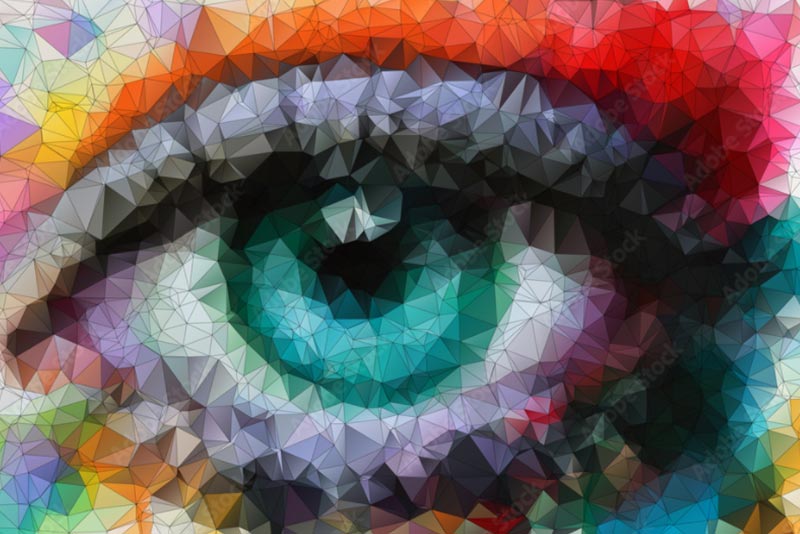I want optimal light
An integrative lighting design ensures the biorhythm and well-being
For some time now, medical-biological research has focused on the influence of light through the eye on the functioning of the brain. Normally, the eye is considered an organ of vision, but since the discovery of special nerve connections from the eye to the biological clock, ocular light has been shown to direct the 24-hour course of a large number of physiological and psychological processes.
The so-called circadian (24-hour) rhythm occurs in practically all body processes, for example body temperature, heart rate, hormone levels of, among others, melatonin, cortisol and growth hormone, the sleep/wake cycle and also in processes that determine mood, performance and fatigue. Recent research results show that there are other direct effects of light beyond the biological clock, such as increasing alertness and the related performance of people.

Integrative lighting designs
An integrative lighting design provides good light for vision, biorhythm and well-being. Since the time of industrialization (about 250 years ago) and the advent of artificial light, people spend more than 90% of their lives indoors. The light level indoors is about 50 times lower than the intensity of natural light outdoors. The colors (spectral properties) of artificial light are completely different from those of natural light. Indoor lighting is in most cases sufficient to see, but too low for the biorhythm to function optimally. So we spend most of our time living in a ‘biological darkness’. This can result in a disturbed sleep/wake rhythm, concentration problems, learning and memory problems and in the longer term health and well-being problems.
Daylight simulation
Biodynamic lighting systems mimic the course of daylight with variation in color temperature from cool white to warm white (2700 – 6500K) and light intensity. From sunrise to sunset, any time of the day can be simulated. Different light scenes are created using a special lighting control system. Each scene has its own adjustment of color temperature and lighting level. The cool light tones activate and stimulate, while warm colors evoke peace and relaxation.
The extent to which light influences this depends on the illuminance, duration of illumination, timing of exposure and the spectral distribution.
Biological, physiologically activating light
• improves sleep/wake rhythm
• reduces fatigue
• improves concentration
• increases alertness
• increases productivity
• lowers depressed/depressed feelings

